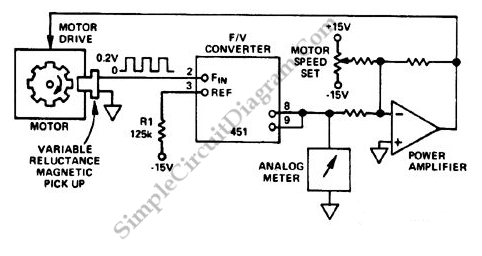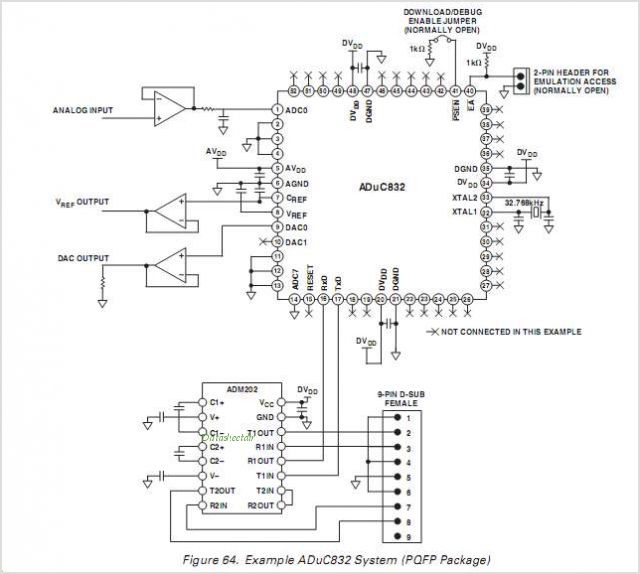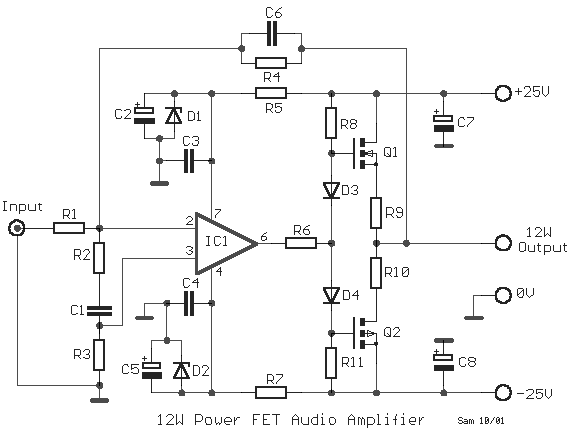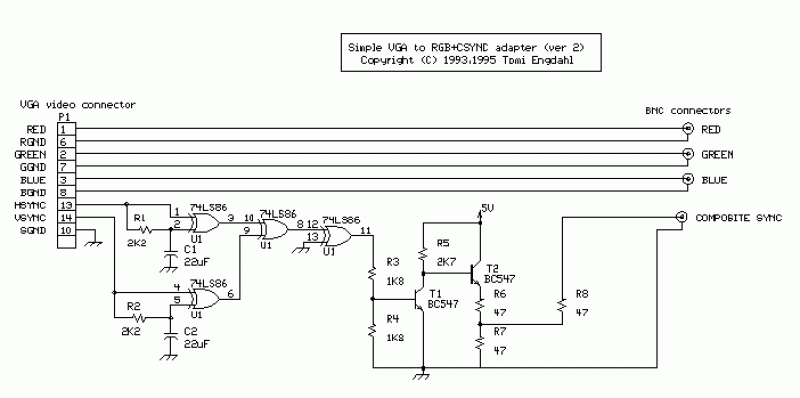
24 bit audio digital to analog converter
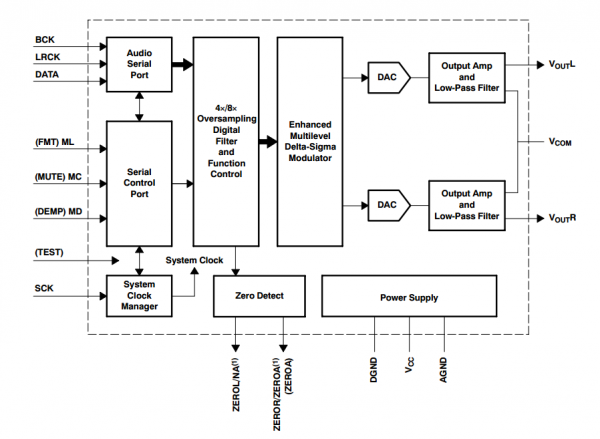
This document serves as a resource for developers who are new to Texas Instruments (TI) ARM-based processors, as well as for seasoned developers seeking to deepen their understanding of the different ARM architectures. It starts with an overview of ARM technology and the available processor platforms, and then it delves into the fundamental concepts of ARM architecture.
The document provides a structured approach to understanding ARM technology, which is critical for developing applications that leverage TI's ARM-based processors. It begins with a comprehensive overview of the ARM architecture, detailing the instruction set, core components, and the advantages of using ARM processors in various applications.
Subsequent sections cover the different TI ARM processor platforms, highlighting their specific features, performance metrics, and use cases. Developers are guided through the architecture's essential elements, including the register set, memory management, and interrupt handling mechanisms.
The whitepaper also addresses the nuances of ARM's power management capabilities, which are vital for optimizing performance in embedded systems. It discusses various development tools and software environments that support ARM architecture, including integrated development environments (IDEs), compilers, and debuggers.
In addition to technical specifications, the document emphasizes best practices for ARM application development, including coding standards, optimization techniques, and testing methodologies. This comprehensive approach ensures that both novice and experienced developers can effectively utilize TI ARM-based processors to create efficient and robust applications across a wide range of industries.
Overall, this whitepaper serves as a valuable resource for understanding the intricacies of ARM architecture and its practical applications in modern electronics design.This whitepaper is for developers new to TI ARM-based processors, as well as for experienced developers wanting to better understand the various ARM architectures. Beginning with an overview of ARM technology and available processor platforms, this paper will then explore the fundamentals of
🔗 External reference
The document provides a structured approach to understanding ARM technology, which is critical for developing applications that leverage TI's ARM-based processors. It begins with a comprehensive overview of the ARM architecture, detailing the instruction set, core components, and the advantages of using ARM processors in various applications.
Subsequent sections cover the different TI ARM processor platforms, highlighting their specific features, performance metrics, and use cases. Developers are guided through the architecture's essential elements, including the register set, memory management, and interrupt handling mechanisms.
The whitepaper also addresses the nuances of ARM's power management capabilities, which are vital for optimizing performance in embedded systems. It discusses various development tools and software environments that support ARM architecture, including integrated development environments (IDEs), compilers, and debuggers.
In addition to technical specifications, the document emphasizes best practices for ARM application development, including coding standards, optimization techniques, and testing methodologies. This comprehensive approach ensures that both novice and experienced developers can effectively utilize TI ARM-based processors to create efficient and robust applications across a wide range of industries.
Overall, this whitepaper serves as a valuable resource for understanding the intricacies of ARM architecture and its practical applications in modern electronics design.This whitepaper is for developers new to TI ARM-based processors, as well as for experienced developers wanting to better understand the various ARM architectures. Beginning with an overview of ARM technology and available processor platforms, this paper will then explore the fundamentals of
🔗 External reference
